Virtual School Heightens Inequities for ESL Students
(Photos courtesy of Ijom and Diaz, respectively)
Left: Diego Ijom from Guatemala. Right: Ruth Diaz from the Dominican Republic. Mr. Robert Pacheco cites both students, who are sophomores at Allderdice, as great helpers in his online classroom.
For readers’ convenience, English translations of originally Spanish quotes are in brackets throughout the article. Srta. Ellie Haizlett helped transcribe and translate these quotes.
As the pandemic has forced school to move from Shady Avenue to hundreds of computer screens, all Allderdice students have had to adjust to online learning. Most of them, however, have not had the challenge of adapting to a new country at the same time. English as a Second Language (ESL) students face both obstacles, and it’s a testament to their grit, desire to learn, and teachers that they persevere every day.
There are layers upon layers of issues with online school for the ESL program. The first is simply contacting students; ESL teacher Mr. Robert Pacheco says there are many whom the staff simply haven’t been able to reach. Once they’ve been contacted, the district has to coordinate with families to provide technology, like computers and WiFi, to students. Then, the students must learn how to use their new laptops and online platforms like Schoology and Microsoft Teams. Of course, all of this is made even more difficult because of the language barriers all English learners face.
The district’s complicated directions haven’t helped things; students who received school computers in the spring had to return and replace them for the fall semester. Ms. Michele Freeman, a veteran ESL teacher, said that a student who came to the US with no computer or English experience at all and transferred to Allderdice this year from Brashear, couldn’t get into his classes for a full month. Freeman finally realized that he still needed to exchange his laptop. After getting a new computer, he had to come to the school twice to meet with Freeman just to sign in. “Then, explaining what a window is and what a browser is and what Google is for — all these things we take for granted as so easy and that everybody knows as second knowledge, but that isn’t true, especially for our ESL students,” Freeman says.
Thankfully, according to Freeman, the district’s ESL office, “has been incredible at making sure everyone knows [supports for ESL students are] available.” Getting connected to these supports, however, is a long process. It’s difficult for anyone to communicate their needs, especially through writing, and ESL students have to do that in a brand new language. “There’s a lot that gets lost in translation,” Freeman says of students communicating with their teachers. These teachers then contact Freeman, who must ask the district for specific help. Connecting back with the students is quite difficult and often involves interpreters. “I think any system can be better, but at this point the problem is the state of overwhelm that we all find ourselves in,” which limits everyone’s capacity. “I’ve spoken with many mainstream teachers who are working with these kids. They are compassionate, they are understanding the layers of difficulties that these students are overcoming just to join a Teams meeting… but even myself, as an ESL teacher — there are times when I find myself at a loss.”
On the flipside of Freeman, this is Pacheco’s first year working with ESL students but not his first year teaching online; he’s taught cyber school for twelve years. He actually used to teach at Allderdice, and wanted to return because, “I missed the interactions with the students…. I just wanted to get back into the classrooms.” It was a cruel coincidence that the year he moved back to Allderdice from his cyber school job is when a once-in-a-century pandemic forced schools to go virtual. Needless to say, Pacheco is excited to return to the classroom, as is his student, Diego Ijom.
Ijom, a sophomore from Guatemala, received a laptop and WiFi from the school district, which was a big help. However, he shared over text messages that “la verdad no no me a gustado [escuela en línea] desde que empezó, es un poquito difícil de controlar y a veces tenemos problemas con el wifi…. solamente quiero volver en la escuela a hacer los trabajos normales que me gustan hacer con amigo y todo eso.” [“The truth is I haven’t liked {online school} since it started, it’s a little bit difficult to control and sometimes we have problems with the WiFi…. I just want to return to school and do normal work that I like to do with friends.”]
Pacheco co-teaches geometry with mainstream math teachers Ms. Anne Neely and Ms. Lesley Britton. Each class has about 7 ESL students in it, and in an in-person setting, Pacheco would be able to pull that group aside to dig deep on the content and give them the help they need. Online, of course, it’s so much harder to connect with them. “I don’t even know if they’re paying attention, and if they are, what kind of questions they might have. Do they feel embarrassed or insecure about asking a question? Do they feel even confident in their English to present a question to the teacher? Plus, this is only my first month with them, so do they feel confident or feel like I’m approachable?”
Student Ruth Diaz confirms his worries. A sophomore from the Dominican Republic, she says that often in class, “te da vergüenza preguntar porque tú crees que te van a decir algo malo…Y eso es algo que yo sé que todos los hispanos tenemos, sinceramente porque es un nuevo idioma, no tenemos la confianza que tenemos con lo de nosotros, nuestro idioma español.” [“You’re embarrassed to ask a question because you think you may say something wrong.… This is something that I know all of us Hispanics have, really because it’s a new language, we don’t have the confidence that we have with our own language of Spanish.”]
This lack of confidence carries over into making friends too, she says. “No sabes si esa persona te va a agradar que tu hablas con ella, o si no te van a discriminar por tu físico o porque tu no hables el inglés como yo lo hablo.” [“You can’t tell when talking to people if they appreciate you talking to them, or if they will discriminate against you for your looks or because you don’t speak English as well as they do.”]
Still, Diaz feels more at home at Allderdice than her old school. Her first year in the US was last year, and she went to school in New Jersey. That year, she says, “yo me perdía todos los días, llegaba tarde todo los días, no sabía con quién hablar, entonces fue un poquito fuerte para mi.” [“I got lost every day, I arrived late every day, I didn’t know who to talk to, so that was a bit rough for me.”] This year, things are different. Many Allderdice teachers are quite welcoming to Diaz. Despite the technological and language barriers, she says, “me sentía incluída, sí. No me siento excluida.” [“I felt included, yes. I don’t feel excluded.”]
Through her journey immigrating and adapting to life in the US, Diaz knows firsthand the importance of treating everyone equally. She also recognizes that, with one year here under her belt, she is more accustomed to the US than some of her ESL peers. “Cuando llegué the first time, yo me sentia oh my god, I don’t know, I don’t have friends, I don’t know who can help me in class or something like that. Entonces yo pienso que lo latino deberemos ayudarnos, todos.” [“When I arrived for the first time, I felt like oh my god, I don’t know, I don’t have friends, I don’t know who can help me in class or something like that. Then I thought that the Latino students should help each other.”] Diaz is more than happy to help other Spanish-speaking students. She knows that it isn’t wise to turn down the opportunity to help someone, as you may be the one needing their help next.
Pacheco has learned to take advantage of his more advanced students to help their struggling peers. “There are so many technical terms, but if I can get another student to help, then I’m learning, because I hear the vocabulary going on between them.” Diaz and Ijom are two that he especially relies on.
Ijom says, “a veces les muestro [mis compañeros de clase] cómo hacer la tarea y ayudarlos a entender algo difícil de explicar y los ayudo a traducir palabras en inglés a español.” [“Sometimes I teach them [my classmates] how to do the homework and help them understand something difficult to explain and I help translate English words to Spanish.”]
Pacheco doesn’t take the fact that he can ask students to help him for granted. “It’s one thing to know somebody well and it’s another thing to ask them for help, so for these students — who I’m just really trying to get to know in their first month — to be able to ask them for help is a pretty special thing.”
Figuring out which methods work and don’t work for teaching ESL students fascinates Pacheco. “I’m really looking forward to doing this for a while,” he says. Students’ innovations inspire him; he shared an anecdote about a student who came up with the idea to log onto a Teams call on his phone, and show his computer screen through that camera. This helped Pacheco as he guided the student through setting up an account on the video learning platform EdPuzzle.
In another upside, Freeman sees a notable increase in the amount of content she can teach because students aren’t distracted by each other. During in-person school, her class is usually the only time ESL students have with each other, so it’s a safe space where they can let their guard down. This creates a great environment for friendship, but not necessarily learning. Online, “the participation, attention, and engagement — for me — I think it’s been almost better,” she reflects.
Of course, these bright spots are small compared to the mess that is PPS virtual learning. Freeman says she’s had to learn to reset her expectations and be thankful for when the little things go right. “Even if it is coming up on the middle of October, and I’m having students who are just now getting in and accessing their classes – that’s a huge win, and I have to take that for what it is.”
Everyone is struggling in 2020, but the pandemic inequitably affects people who are already marginalized, like ESL students at Allderdice. For them, as Freeman says, “it’s not just virtual learning, it’s everything that’s brand new.”










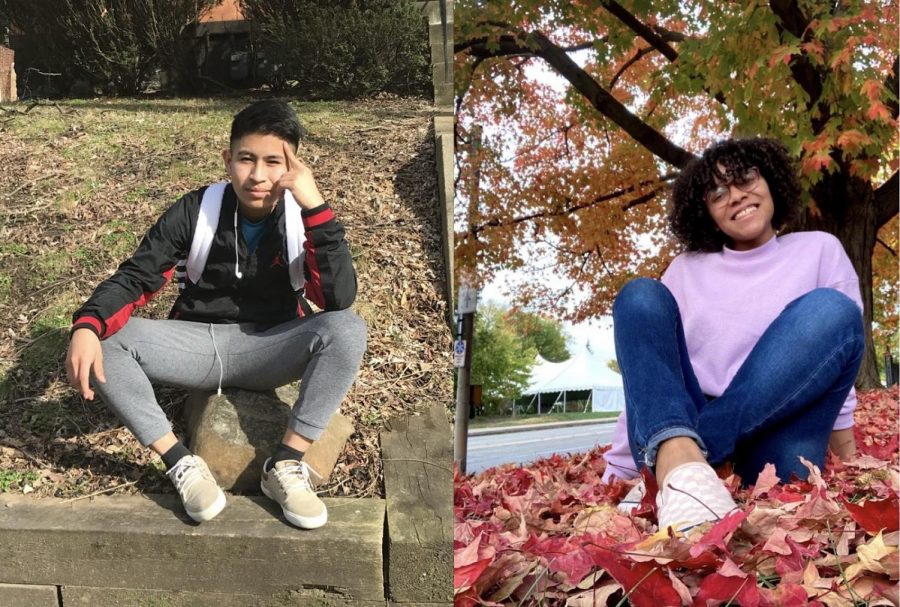
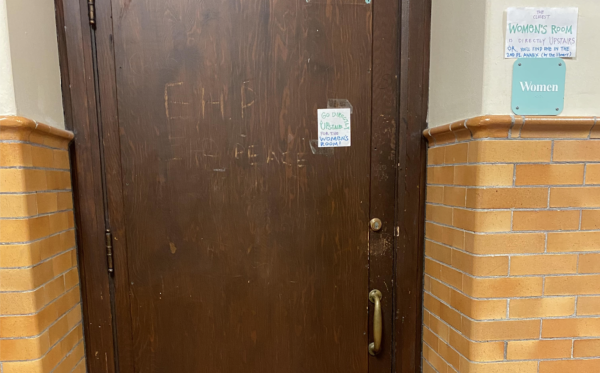

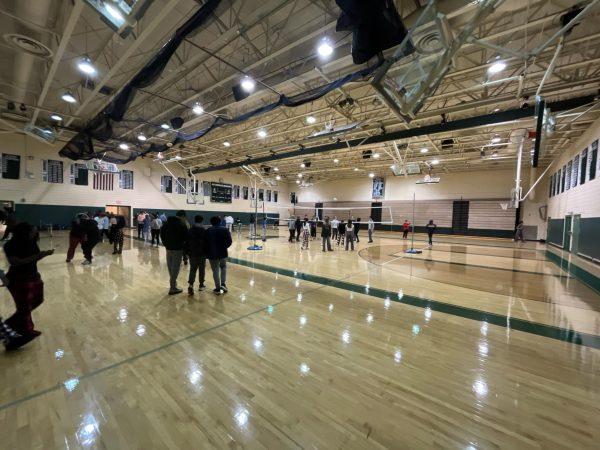

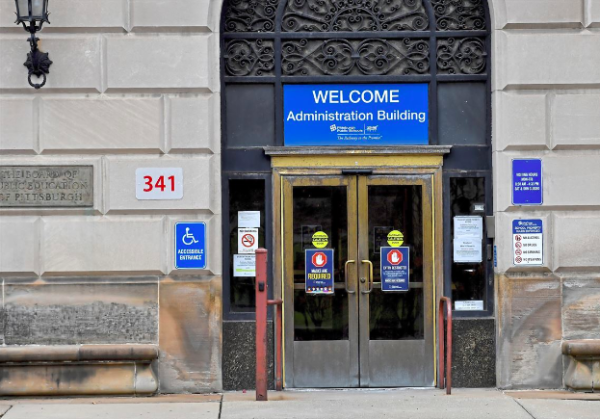

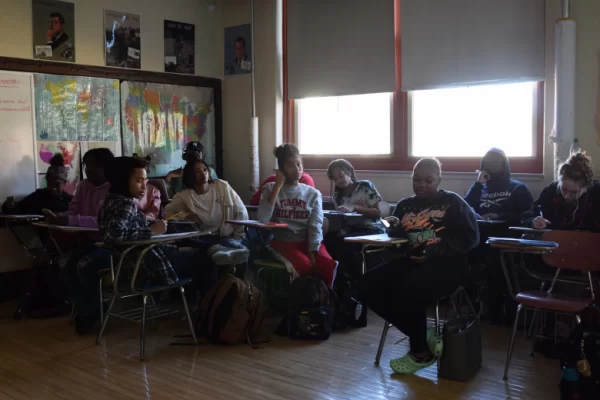
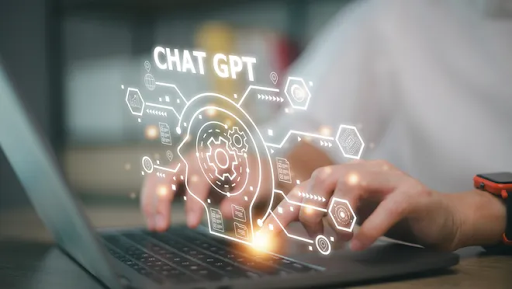

Señorita Haizlett • Nov 13, 2020 at 1:10 pm
Great job addressing an important topic in our school community! I am so happy our students are reaching out to newcomers.